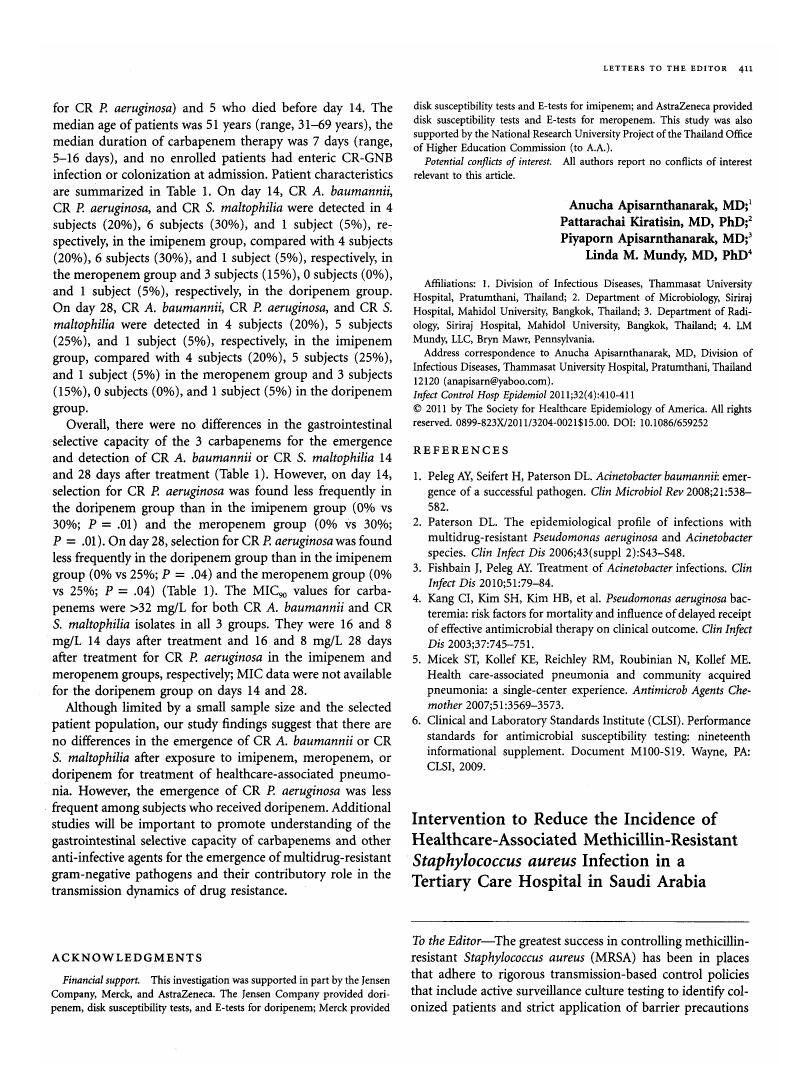Crossref Citations
This article has been cited by the following publications. This list is generated based on data provided by Crossref.
Hernández-Porto, Miriam
Castro, Beatriz
Ramos, Maria Jose
Arias, Angeles
Aguirre-Jaime, Armando
and
Lecuona, Maria
2014.
Risk factors for development of methicillin-resistant Staphylococcus aureus-positive clinical culture in nasal carriers after decolonization treatment.
American Journal of Infection Control,
Vol. 42,
Issue. 7,
p.
e75.
Seki, M
2015.
PCR-Based Method for Rapid and Minimized Electrochemical Detection of mecA Gene of Methicillin-Resistant Staphylococcus aureus and Methicillin-Resistant Staphylococcus epidermis.
Global Journal of Infectious Diseases and Clinical Research,
p.
008.



